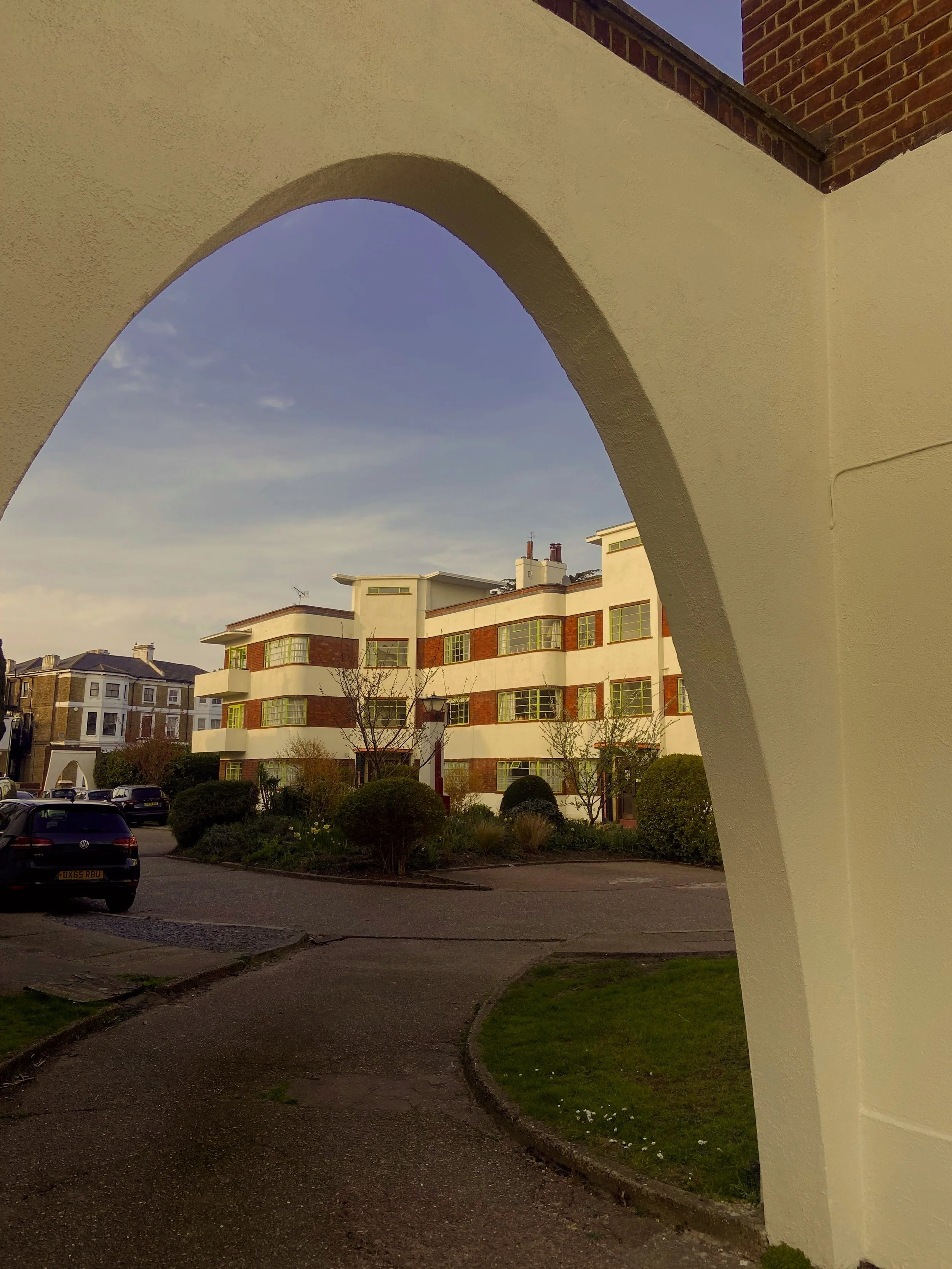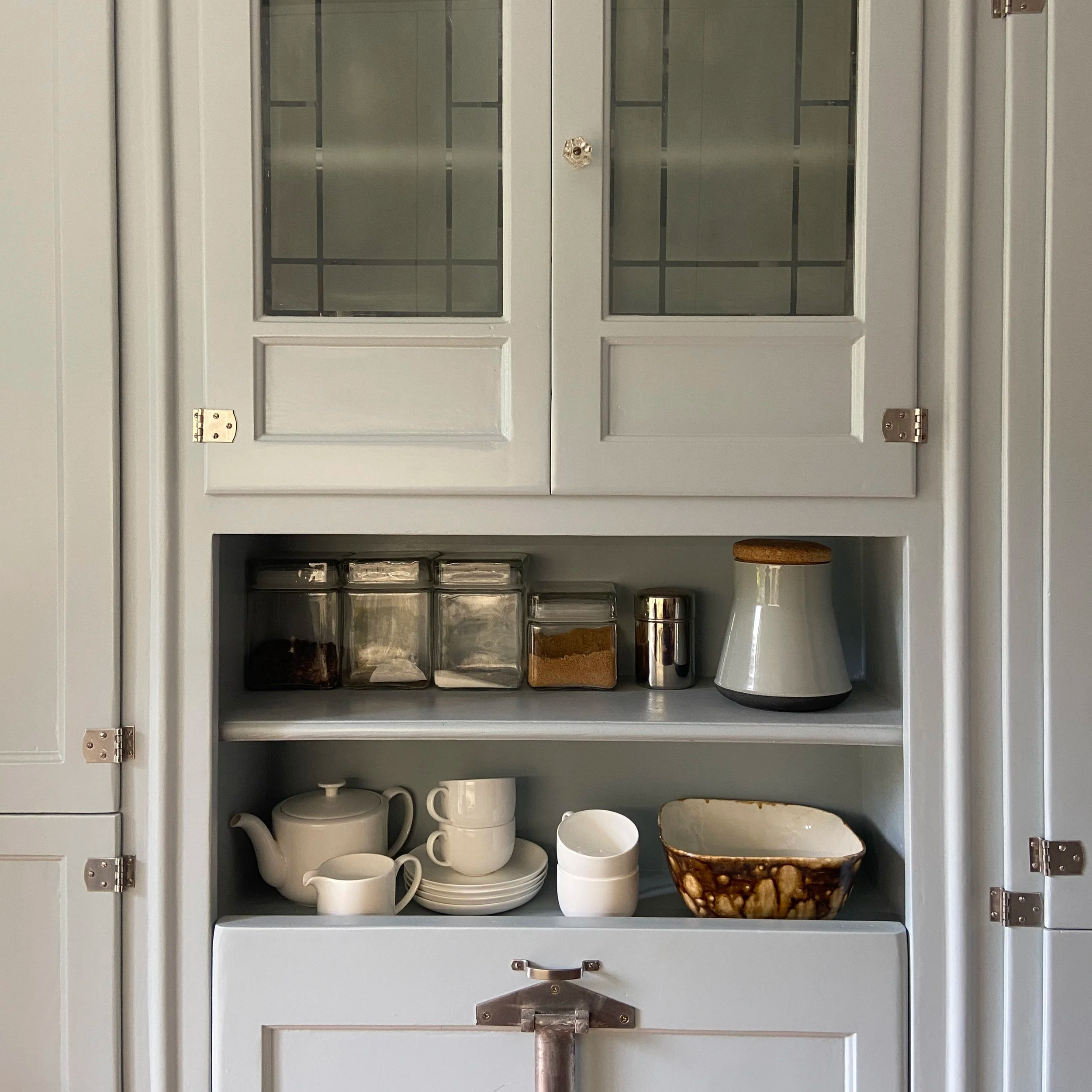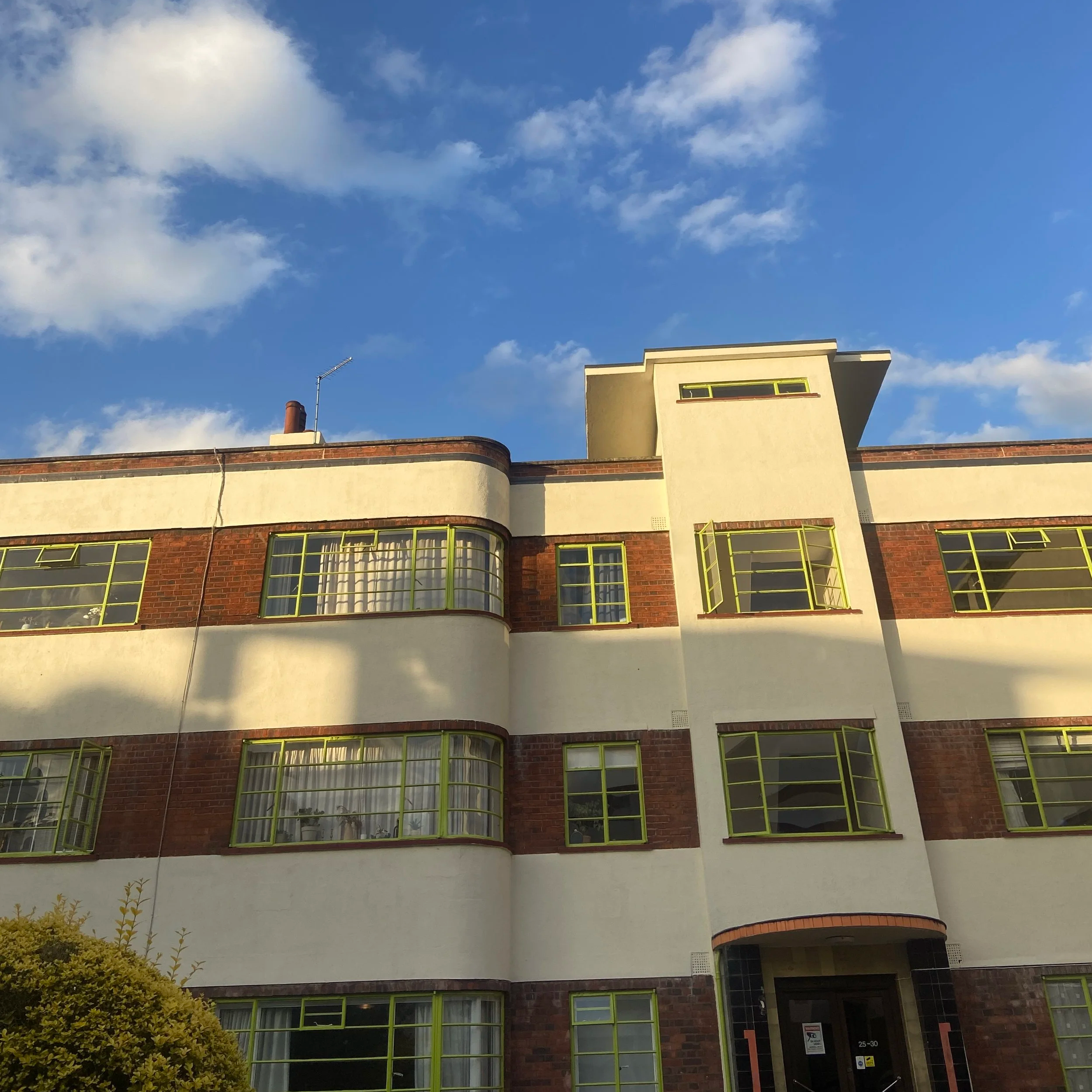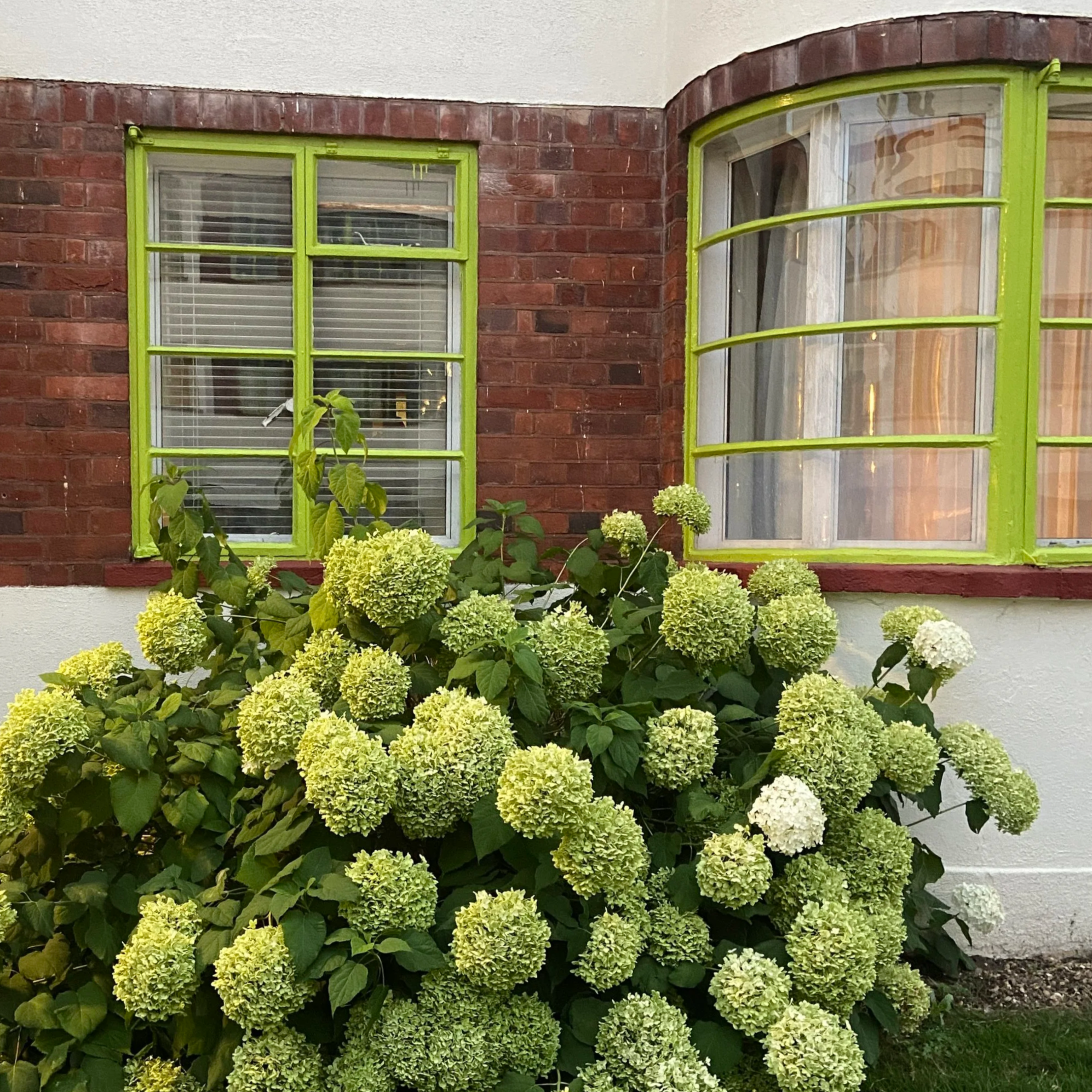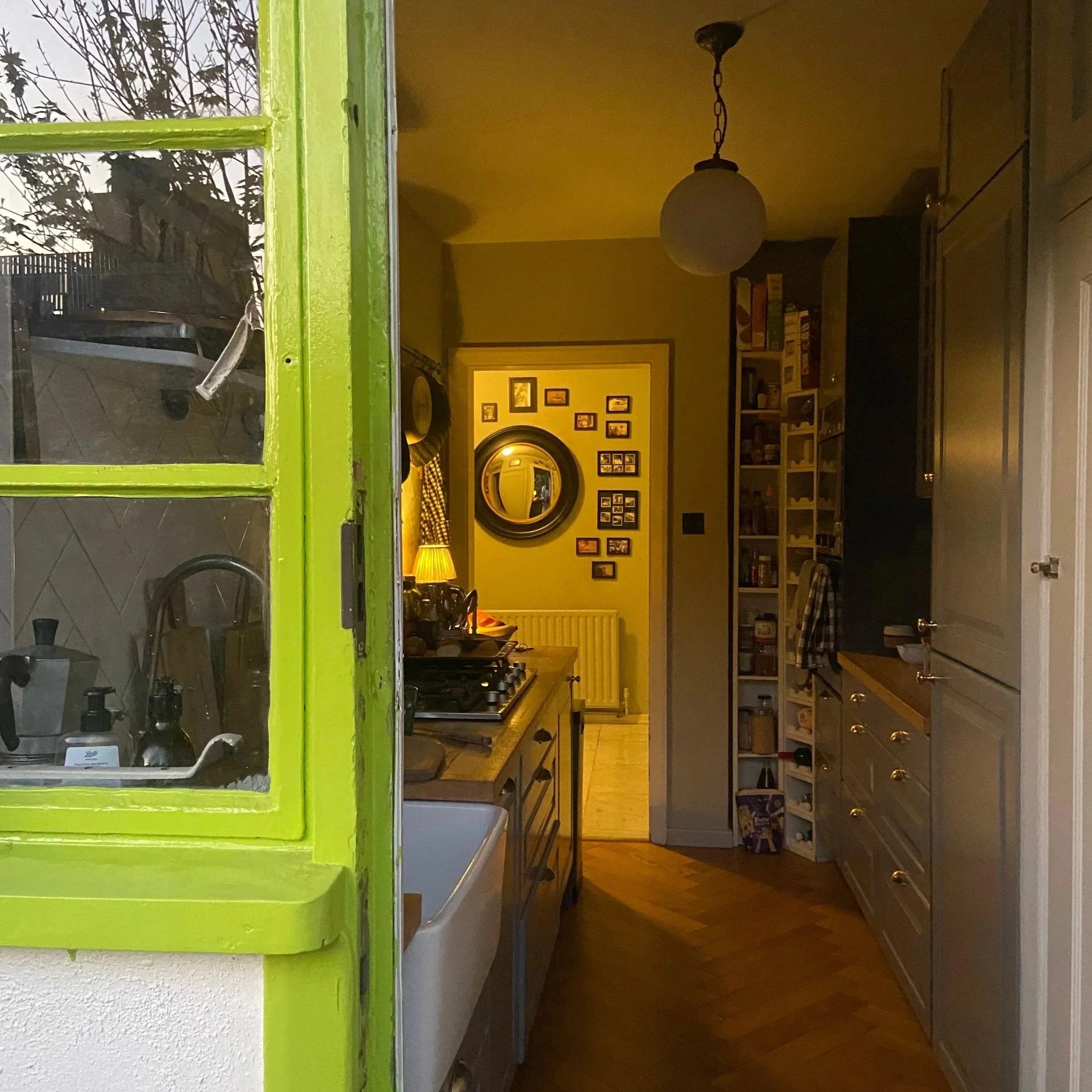Heritage &
Conservation
Dear Residents of The Shrubbery,
Many of us were drawn to live here by the building’s historic charm and enduring appeal - how it transports each one of us into the past as we walk through its arches and how the semi-circle of graceful white buildings and glinting curved windows cocoons us from the world.
We all share a pride in our building's ‘listed’ designation, but what are the practical implications of living in a listed property and the responsibilities it places upon us as custodians of its history?
Please take a moment to read this crucial guide on conserving The Shrubbery’s heritage.
Definition of Listing
The Shrubbery is a Grade II Listed Building. A "listed building" in the UK refers to a building, object, or structure that has been formally recognised as being of national importance due to its architectural or historical value. This recognition is achieved through a legal process, where the building is added to a national list compiled by the government. Listing provides protection, meaning that alterations or demolitions which affect the character and in turn the significance of the building require special permission, ensuring the building's historical integrity is preserved. Historic England
“Special historic interest”
The Shrubbery holds special historic interest - this is about the connection between the building and the people who use or have used it, the things that happen or have happened there, the ideas developed there, or the role that the building played in the nation's history. Take a look at our history page for more.
“An interest in past lives and events (including pre-historic). Heritage assets can illustrate or be associated with them. Heritage assets with historic interest not only provide a material record of our nation’s history, but can also provide meaning for communities derived from their collective experience of a place and can symbolise wider values such as faith and cultural identity...”
— Historic England
“Architectural and artistic interest”
The other category of criteria by which a listed building is valued is its architectural and artistic interest and is defined in the national planning framework as: ”interests in the design and general aesthetics of a place. They can arise from conscious design or fortuitously from the way the heritage asset has evolved. More specifically, architectural interest is an interest in the art or science of the design, construction, craftsmanship and decoration of buildings and structures of all types.” Historic Environment GOV.UK
FAQs
All the information below is cited from the Historic England Listed Building Consent Guide
-
For "any works for the demolition of a listed building or for its alteration or extension in any manner which would affect its character as a building of special architectural or historic interest, unless the works are authorised" refers to any alterations, extensions, or even demolitions that would change or damage the unique features and historical significance of a building. This includes both external and internal changes.” Planning (Listed Buildings and Conservation Areas) Act 1990 you will need to apply for and receive listed building consent from the local planning authority before undertaking the work. This includes internal and external alterations.
Relevant works which could need undertaking around the Shrubbery (as a last resort) are:
- Replacing Crittall Windows
- Replacing Original internal doors
- Replacing Original external doors
- Drilling holes in structural walls (external and communal)
- Fixing items to structural walls -
There is a common misconception that replacing ‘like for like’ does not require consent. This is untrue - like for like alterations must go through the Local Authority which in our case is the London Borough of Redbridge. This is because materials, techniques and craft must all be checked in detail by a Conservation Officer to preserve the fabric of the property.
-
A building's listed status can be removed in very specific circumstances. This might happen if significant alterations have already severely compromised its historic interest, or if new evidence emerges that proves the original listing was incorrect. However, this is a complex process and not something that happens lightly. Source: Historic England
-
We get it, all the heritage legislation feels super confusing and annoying especially if you are trying to mend a broken window or repair a door that ultimately benefits The Shrubbery.
The Right To Manage Group wants to make it easy for you and help you obtain legal consent because repair and restoration is beneficial to the whole Shrubbery’s benefit.
Steps for gaining consent:
1. Hire a professional to prepare a report on the proposed works. To ensure your works have the best chance of being approved hire an architect, surveyor or planning consultant with experience in listing buildings
2. Submit the report as part of a Listed Building Consent application at Planning Portal
3. Once approved you may carry out the proposed works.
Or if you want support - email us and let us know what you want to obtain consent for. We can let you know how feasible it is and point you in the right direction. We also have a resident architect who has experience obtaining permissions for The Shrubbery who can help obtain yours. -
Regular monitoring and maintenance is the most cost effective and really the best way of preserving our historical asset. It’s near impossible and likely very expensive to truly replace like for like.
This is due to typical manufacturing techniques and materials having changed since the original construction in 1935. Therefore to achieve a faithful replacement of an original a bespoke construction with specialist skills is likely required and even then some qualities may have been lost due to the original materials having gracefully aged over the decades.
Essentially PREVENTION IS BETTER THAN REPLACEMENT so we endeavor to maintain. Please take a look at our maintenance guide. -
Carrying out works or alterations to a listed building without listed building consent is a criminal offence as highlighted by Historic England. If Redbridge Council finds out that these protections are broken, they may issue you with a listed building enforcement notice under the Planning (Listed Buildings and Conservation Areas) Act 1990 and you are liable to be prosecuted under Criminal Law.
And, accordingly, any person found guilty of such an offence is liable to a fine of up to £20,000 and/or up to 6 months’ imprisonment upon conviction in a Magistrates' Court, and an unlimited fine and/or up to 2 years’ imprisonment if convicted by the Crown Court.
Sources: MoU for Heritage and Cultural Property Crime and ASB / HISTORIC BUILDINGS PROSECUTION FINES NATIONAL DATABASE
